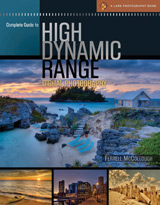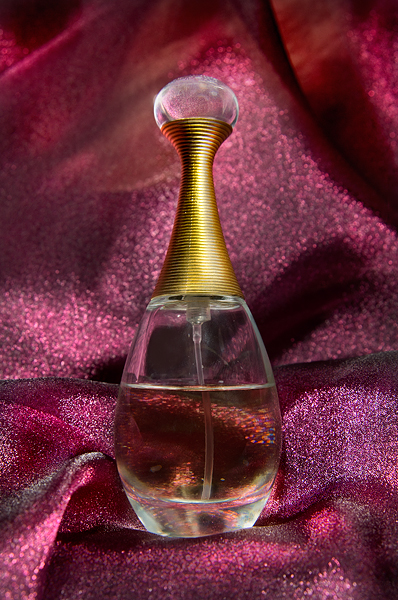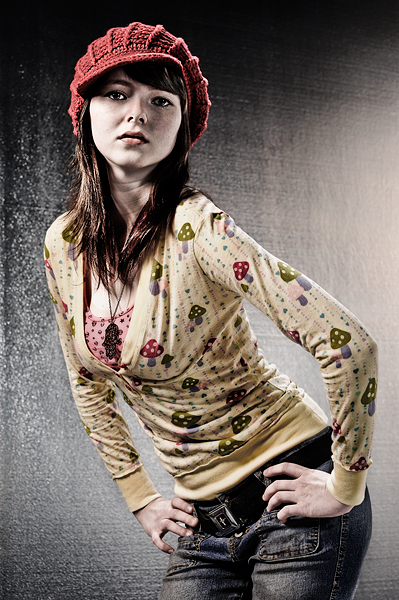
It’s an exciting time for me as the culmination of 2 years of HDR field testing and processing is released in my new book: “Complete Guide to HDR Digital Photography.” The book is written for photographers who want to learn HDR and then progress to advanced techniques in the field and computer processing. Categories of scenes are explained to help the photographer recognize when a single image will suffice verses the need for an expanded image set to capture an extremely high dynamic range.
Many HDR topics are explained in detail including camera setup, HDR software comparison, advanced image analysis, post-processing HDR and single-image tone mapping. Sections of the book also include HDR for architecture and panorama photography. The HDR book also includes a newly introduced technique of using flash with HDR, called Flash Merging.
“Complete Guide to HDR Digital Photography” also includes 5 contributing HDR artists’. The artists are internationally recognized for their work in HDR and can be seen on the Flickr photo site. They include the international traveler Trey Ratcliff, Asmundur Thorkelsson from Iceland, Valerio Pandolfi from Italy, John Adams from Florida, and Domingo Leiva from Spain.
For those that are interested, Flash Merging is done with a single camera strobe used off camera. I use the Nikon SB800 and move around the scene taking exposures with the strobe held in a different position. The image set is then blended using “Exposure Blending” in Photomatix. Of course the book goes into all the details on Flash Merging but you can at least start experimenting with Photomatix. You are welcome to use my coupon code for a 15% discount on the Photomatix site, “beforethecoffee”



.jpg)


.jpg)
Looking forward to getting the book, Congrats!! I used your site as a resource for HDR last year when I started doing some.
Congratulations on the book. I can’t wait to see it.
Please tell us more about this flash merging.
[…] many locations to shoot. A photographer’s dream. I definitely will be purchasing his book Complete Guide to High Dynamic Range Digital Photography I believe he said it will be released in May. Looking at the advance copy, it will definitely […]
Congratulations on the Book Ferrell! Very happy for you and I hope you have great success!
Hi Ferrell:
I bought your book and I love it. Thank you so much your time and effort putting all essentials toghether.
I have question for you. The new Pentax DSLR K20D and K200D have a bulit-in HDR function which shoot 3 explosures and merge them within the camera processing. I don’t have all the detail, but it sounds like very good. What do you think? I want to get this camera. It save a lot of time for HDR-post-processing.
Louie